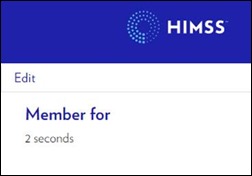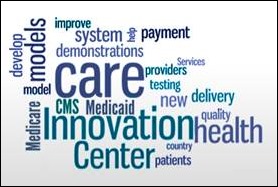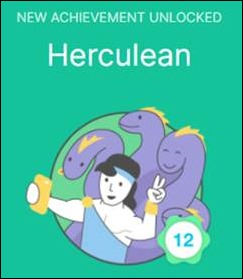Curbside Consult with Dr. Jayne 1/3/22

Most of my regular readers know I’m a fan of pastry therapy, but I decided to start the year out with something a little different. My food-related knot-tying skills are apparently far less developed than those used for everyday applications (or even wilderness survival), but the taste made up for the lack of aesthetics. The warm oven made the kitchen a little more habitable with the cold snap we’re experiencing, and what better way to reflect on a new year than sitting around watching dough rise?
The last two years have made most of my friends and colleagues reflective, and I’m no different. After slogging through the worst year and a half of clinical practice I’ve ever had, I decided to hang up my stethoscope for a while. Although I’m still practicing telehealth, it’s been a transition, and I’ve spent a lot of time explaining to friends and relatives what exactly it is that I do. Unless they’ve had a telehealth visit themselves, they usually don’t quite understand how we can provide care without the ritual laying on of hands that occurs in the doctor’s office.
I’ve done some medical volunteering to keep my skills sharp, as well as some in-town locum tenens work. I’ve learned more about epidemiology and infectious diseases than I ever thought I would know, as I work to advise local schools and youth-serving organizations on how to navigate the ever-changing new normal. I’ve piloted new paradigms in specialty board certification for two different disciplines; experienced the good, the bad, and the ugly of remote continuing education; and have finally transitioned to reading all but one medical journal electronically.
I watched my consulting business ride the rollercoaster of the pandemic, alternating between not having enough work and being crushed by requests my team can’t fulfill. I picked up three clients, watched one get acquired, saw one flounder, and supported a couple more as they continue to onboard new clients and expand their offerings. I’ve become adept at canceling travel more than I book and finally let my Alaska Airlines credits that I couldn’t use in April 2020 lapse into oblivion. Victoria BC, I would have loved to have seen you, and to have embraced the floatplane adventure we had planned, but it just wasn’t meant to be.
After some medical misadventures, I started to embrace the idea of a bucket list – doing things while I’m young and healthy rather than waiting for the other shoe to drop. I’ve also vowed to take advantage of unique opportunities when they present themselves instead of overthinking them.
I spent a week in the Florida Keys, snorkeled through jellyfish, went nearly 60 miles per hour on a zip line, and did things in a climbing harness that I didn’t think I’d ever do. I’ve now officially soaked in a chandelier-lit hot tub in the French Quarter after a long day of work and shoe shopping, and am glad to have found some new travel companions for when things are a little closer to the “normal” we all remember. I had a multi-week adventure following an 80-year-old steam engine and enabled some quality teenaged school-skipping along the way. My only open bucket list item is exchanging my motorcycle permit for an actual license so I can do a road trip with my dad, but we’ll have to wait for the wind chill to disappear before I work on that one.
I’m looking forward to 2022, because frankly it can’t get any worse than what some of us have been through the last two years. Lives interrupted, loved ones lost, fires, floods, tornadoes, dreams denied, and life generally feeling upside-down are things we’ve all had to deal with as we figure out how to keep putting one foot in front of the other. I’ve met some amazing new colleagues who I’ll continue working with in the new year, and hopefully we’ll be able to deliver some cool new things that will help patients and providers alike. I’m excited to be entering my twelfth year writing for HIStalk and can’t wait to get back to the exhibit hall madness that is HIMSS and catch up in person with my healthcare IT besties.
What are you looking forward to in 2022? Leave a comment or email me.

Email Dr. Jayne.














"most people just go to Epic" that's a problem because then EPIC becomes a monopoly in healthcare, if it isn't…